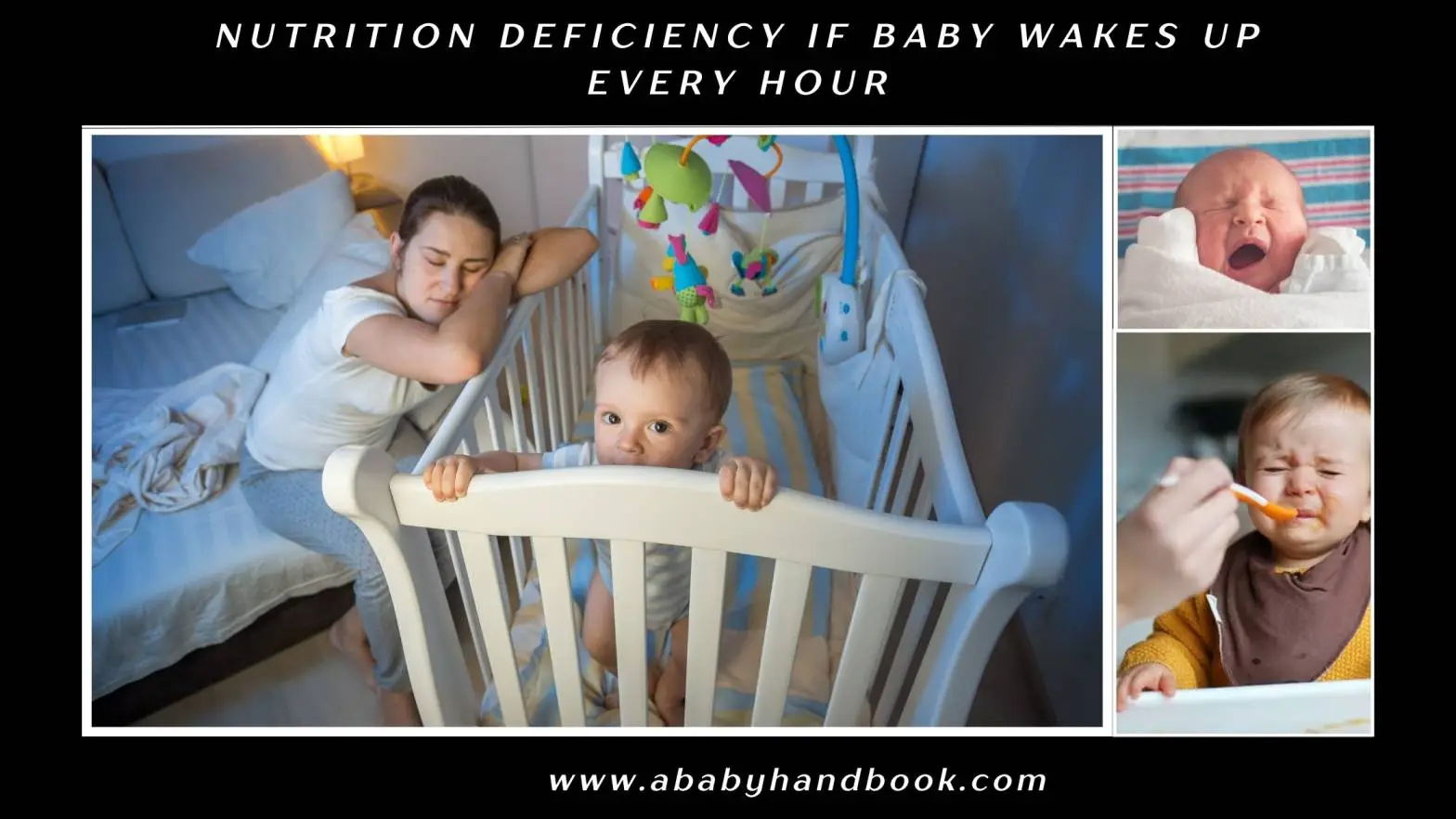Pasta is a traditional Italian food that is high in carbohydrates. It is used to prepare a variety of dishes, such as noodles, lasagne, macaroni, etc. Most of these pasta varieties are considered safe for babies when prepared in an age-appropriate way. However, they may not be essentially nutritious.
In this post, we tell you about the safety of pasta for babies, its nutritional composition, and ways to include it in your baby’s diet.
Is Pasta Safe For Babies?
You can safely feed pasta to your baby once they have started consuming a variety of foods. Traditionally, pasta is made from durum wheat, but it is also made from wheat, rice, barley, buckwheat, legumes, and multigrain. Therefore, you need to know the base ingredient while choosing pasta.
- Wheat pasta is safe for babies who have been consuming wheat in their diet. However, it is good to be alert to any signs of gluten intolerance or wheat allergy while introducing pasta to babies. Symptoms of an allergic reaction include vomiting, rash, and diarrhea.
- If you want to try other varieties of pasta for your baby, then first consult a pediatrician.
- Introduce no more than a quarter to half a cup of pasta to your infant in mashed form. You can feed small pieces of cooked pasta as finger food once your baby turns nine months old.
- Boil and cook pasta adequately since it is dry food and could be difficult to swallow even for older babies.
When And How To Introduce Pasta To Infants?
Infants above six months of age can be served pasta in a variety of ways. Make sure you serve only cooked, soft, easy-to-swallow pasta that has been cut into small pieces (1). Several pasta varieties are large and broad in shape. Therefore, cutting the cooked pasta into smaller pieces prevents the risk of choking.
You can mix pasta with a variety of other foods, such as vegetables, chicken, eggs, and tofu, to make a nutritious and flavorful meal. You can also make it more enjoyable by choosing various shapes, such as stars, bows, and pasta of different colors.
Nutritional Value OfPasta
Regular pasta is either prepared from refined wheat flour or wholegrain wheat flour mixed with eggs and water. Pasta made from refined flour might contain nutrients,such as iron and vitamins B1, B2, B3, and folate (2).
Below is a comparative nutritional composition analysis of 100g of pasta made from wholewheat flour cooked with added salt and enriched pasta cooked with added salt (3) (4) (5) (6).
| Nutrients | Whole wheat pasta | Enriched wheat pasta | RDA (7-12 months) |
|---|---|---|---|
| Energy(Kcal) | 148 | 157 | – |
| Protein(g) | 5.95 | 5.8 | – |
| Carbohydrate, by difference(g) | 29.9 | 30.6 | – |
| Fiber, total dietary(g) | 3.9 | 1.8 | – |
| Calcium, Ca(mg) | 13 | 7 | 270 |
| Iron, Fe(mg) | 1.71 | 1.28 | 10 |
| Magnesium, Mg (mg) | 54 | 18 | 60 |
| Phosphorus, P (mg) | 126 | 58 | 275 |
| Potassium, K (mg) | 95 | 44 | 700 |
| Sodium, Na (mg) | 235 | 131 | 200 |
| Thiamin (mg) | 0.155 | 0.274 | 0.4 |
| Riboflavin (mg) | 0.098 | 0.136 | 0.5 |
| Niacin (mg) | 3.11 | 1.69 | 6 |
| Vitamin B6 (mg) | 0.092 | 0.049 | 0.6 |
| Folate, total (µg) | 21 | 73 | 35 |
Sources: U.S. Department of Agriculture, World Health Organization, and National Institutes of Health
Are There Any Benefits Of Pasta For Babies?
Pasta does not hold any specific health benefits per se. But here is why parents might feed pasta to their babies:
- Easy to consume: Well-cooked pasta is soft and can be mashed easily. It makes pasta an easy-to-swallow food. It can also be given as finger food for toddlers. Moreover, babies might enjoy the taste, just like their parents do.
- Rich in energy: 100 grams of wholegrain cooked pasta provides approximately 150 kcal. Babies above six months of age require energy-dense foods to support their rapid growth and development (7).However, do not overfeed the baby with pasta.
Wholegrain pasta can provide fiber and protein. Do not use pasta as a replacement for more nutritious foods such as whole wheat, rice, pulses, etc.
Precautions To Take While Feeding Pasta To Infants
You may follow these precautions while feeding pasta to babies.
- Feed pasta in moderation and as part of a balanced diet.
- Check the base ingredient of the pasta before purchase. For babies who have just started solids, rice flour pasta, durum wheat, and common wheat flour pasta are some good choices. For toddlers, you can try to add variety by trying pasta made from buckwheat and pulses.
- If you are worried about the presence of egg in pasta, then choose varieties that do not contain egg.
- Prefer wholegrain pasta instead of refined and enriched pasta. Enriched pasta is made from refined flour, which loses nutrients and fiber while refining.
- Try to prepare fresh, homemade pasta instead of picking ready-to-serve varieties. Preparing pasta at home can let you have more control over the ingredients.
- If you are introducing wheat to your baby in the form of pasta, then it is recommended to follow a “three to five-day wait” rule to watch-out the sensitivities or allergies.
- When giving pasta as finger food, be watchful to prevent choking. Give them small-sized pasta or cut regular-sized pasta into smaller pieces.
- If your baby does not seem to like the texture of pasta, then you can stop feeding it for a few days.
Healthy Pasta Baby Food Recipes
Pasta can be made healthy and nutritious in a variety of ways. All you need to do is select the right ingredients and be creative. Below are some healthy and tasty pasta recipes that can be given to babies and toddlers. Recipes with whole milk can be fed to toddlers older than 12 months.
1. Pumpkin pasta puree
Pumpkin is a nutritious vegetable. This recipe allows you to combine the goodness of pumpkin with the delicious taste of pasta.
You will need:
- ½ cup rice pasta or any organic pasta (cooked)
- 1 cup pumpkin (cooked)
- 5 cup milk
- 100g sweet potato
- 40g sweetcorn
- 3tbsp mozzarella cheese (grated)
- 1tbsp extra virgin olive oil
How to:
- Boil milk and sweet potato in a saucepan on medium flame. Reduce the flame and simmer the mixture for ten minutes.
- Add the sweetcorn and cook for ten minutes.
- Switch off the flame, transfer the mixture into a bowl, and let it cool.
- Now, add cheese and pasta to the mix and blend it into a coarse puree.
- Put a saucepan on medium flame and add olive oil. Transfer the blended mixture to the pan and cook for two to three minutes.
- Switch off the flame and transfer the pasta puree into a serving bowl. Feed to your baby while still warm.
Tip: You can use any other vegetable or fruit puree to customize this recipe. As your baby adjusts to the taste, use multigrain pasta to enhance its overall nutritional value.
2. Pasta with cheesy sauce
A delicious blend of pasta with whole milk and cheddar cheese,this recipe is ideal for babies who have started consuming solids and are trying pasta for the first time.
You will need:
- ½ cup mini shell or orzo pasta (cooked)
- 1 cup whole milk
- 100g cheddar cheese
- ¼ cup butter
How to:
- Take a thick bottom pan and put it on medium flame.
- Once the pan is warm, put butter in it and let it melt.
- Add milk while stirring constantly. Let the mixture simmer for 10-12 minutes or until you see milk getting a little thick.
- Switch off the flame and add cheese to the mix. Stir until you get a smooth sauce.
- Add cooked pasta to the sauce and mash it.
- Feed it to your baby when still warm.
Tip: You can improve the nutritional value of this preparation by adding vegetable puree, mash, or tiny pieces.
3. Tangy tomato pasta
This vegetable pasta recipe might become your baby’s favorite pasta if they like the tangy taste of tomatoes.
You will need:
- ½ cup wholewheat pasta (cooked)
- 70g ripe tomatoes (blanched)
- 1 onion (finely chopped)
- 1 clove of garlic (crushed)
- 2tbsp mozzarella cheese (grated)
- 2tbsp virgin olive oil
How to:
- Put a saucepan on medium flame and let it get warm.
- Drizzle some drops of olive oil and add onions and garlic.
- Fry onions and garlic until they turn golden brown.
- Next, add blanched tomatoes and break them with the help of a spoon. Let the mixture cook for ten minutes.
- Switch off the flame once the tomatoes look mushy and well-cooked, and let the mixture cool.
- Blend the cooked tomatoes and onions into sauce with an immersion blender.
- Transfer the sauce into the same saucepan and put the pan on low heat. Add pasta of your choice with some drizzles of olive oil and grated cheese. Cut the pasta into small pieces or mash it.
- Cook for two to three minutes and switch off the flame.
- Serve when still warm.
Tip: You can add grated veggies, tofu, or chicken into the recipe to intensify its nutritional value.
4. Pasta soup
This recipe is a creative mix of pasta and soup to help your baby get the best of ingredients in an easy-to-consume and easy-to-digest way.
You will need:
- 70g Anelli pasta (cooked)
- 50g cottage cheese (blended)
- 70g red lentil
- 300ml chicken or vegetable stock (low salt)
- 300ml water
- 70g carrot (sliced)
- 1 onion (chopped)
- 1-2 cloves garlic (crushed)
- 1tbsp virgin olive oil
- 1tbsp chive (chopped)
How to:
- Keep a large pan on medium flame and pour olive oil into it.
- Put onion, garlic, and carrot to the pan and cook until all the ingredients look soft and well-cooked.
- Add the lentils, lentil stock, and water. Bring this mixture to boil and let it simmer for 15-20 minutes.
- Switch off the flame, remove the pan from the heat, and let the mixture cool for five minutes.
- Use an immersion blender to blend the ingredients into a soup-like consistency. You can add more stock/water to adjust the texture of the soup if needed.
- Put the pan back on the flame, add cooked pasta and blended soup, and cook the dish for five minutes.
- Turn off the heat, add blended cottage cheese, and serve while still warm
Tip: You can try adding seasonal veggies like spinach, broccoli, corn, peas, and bell peppers, too.
5. Veggie burst Bolognese pasta
Bolognese pasta is prepared by cooking pasta in a meat-based sauce. But this veggie pasta recipe here is a delicious vegetarian alternative of Bolognese pasta.
You will need:
- 1 cup acini de pepe (cooked)
- 1 26 oz. tomato puree
- 1 onion (roughly chopped)
- 1 garlic cloves (crushed)
- 1 carrots (chopped)
- 1 rib celery (chopped)
- ½ cup corn (boiled)
- ½ cup bell pepper (chopped)
- ½ cup fresh parsley (chopped)
- 1tbsp extra-virgin olive oil
How to:
- Put onion, carrot, corn, bell peppers, and celery into a food processor and shred them. Keep aside for some time.
- Next, keep a shallow pan on medium flame and pour oil into it.
- As the oil heats, transfer the vegetables into the pan and cook until the vegetables turn soft.
- Now, add tomato puree to the vegetables and bring the mixture to the boil. Cover the lid and let the mixture simmer for ten minutes.
- Remove the lid and let the mixture cook on low flame until you get the desired thickness.
- Once the sauce looks ready, switch off the flame and let the mixture cool.
- Using an immersion blender, blend the mixture into a sauce.
- Add pasta into the sauce and cook the mixture for fiveminutes on low flame, again.
- Add parsley and serve while still warm.
Tip: Alternatively, you can prepare this recipe by adding meat, chicken, and eggs into the sauce or the final pasta dish.
6. Cheesy zucchini pasta
Zucchini is a healthy food that contains beta-carotene.
You will need:
- 1 cup zucchini/courgette (grated)
- 2 cups water
- 1 cup penne pasta or tortellini or any small-shaped pasta (cooked)
- 1 egg yolk
- 1tbsp parmesan (grated)
- 1tbsp extra virgin olive oil
- 1/4tsp herb mix
How to:
- Take a saucepan and put it on low flame. Add zucchini and water into it and cook for five minutes.
- Now, add pasta, egg yolk, cheese, and olive oil into the zucchini. Let the mixture simmer for five to seven minutes or until pasta absorbs most of the water and looks thickly covered in sauce.
- Add more water if you want the pasta sauce to be thin.
- Turn off the heat and transfer the pasta into a serving bowl and serve.
Tip: You can add plenty of vegetables of your choice to this recipe. However, while you do so, ensure that they are cut into small pieces.
7. Pea and pesto sauce gnocchi
Gnocchi is a type of pasta that looks like small shells. It is most suitable for infants honing their weaning skills.
You will need:
- 1 cup gnocchi (cooked)
- 30g peas (fresh/frozen)
- 1 onion (finely chopped)
- 20g parmesan cheese (grated)
- Handful of basil leaves (chopped)
- 4tbsp virgin olive oil
- ¼tsp herb mix
How to:
- Blend peas, cheese, basil, and olive oil into a smooth sauce. Ensure that there are no lumps. Adjust the consistency by adding water if needed.
- Pour the pasta sauce into a saucepan, drizzle a few drops of olive oil, add herb mix, and gnocchi. Cook for five minutes on low flame.
- Transfer to a serving bowl and serve immediately.
Tip: Gnocchi, like any other type of pasta variety, can be prepared in several ways. You can add different vegetables or try different sauces to customize this classic recipe for your infant.
Pasta is an energy-rich food,which can be consumed in moderation. Select whole grain pasta over refined, and prepare it using healthy ingredients such as veggies. Experiment with pasta sauce, add a wide variety of foods and condiments, and customize each recipe to make it healthier.








